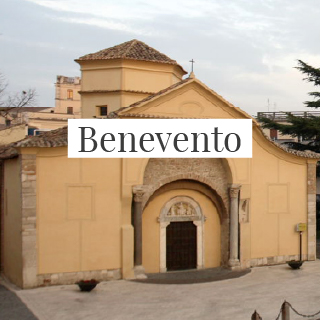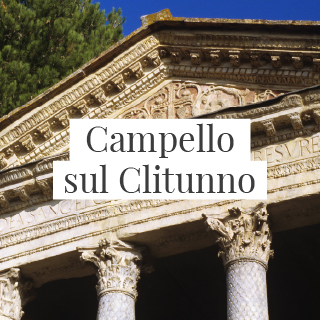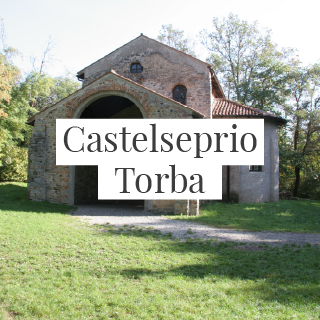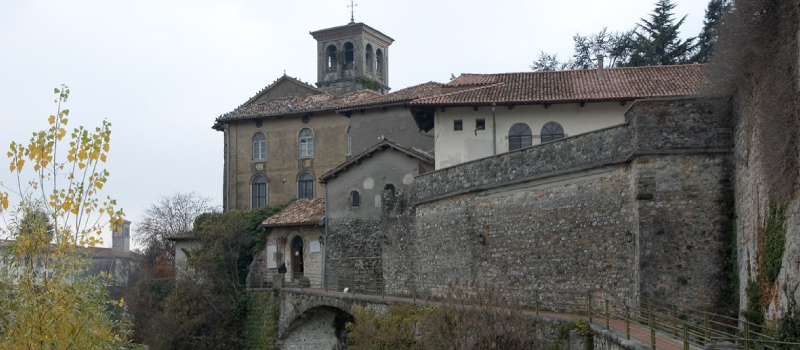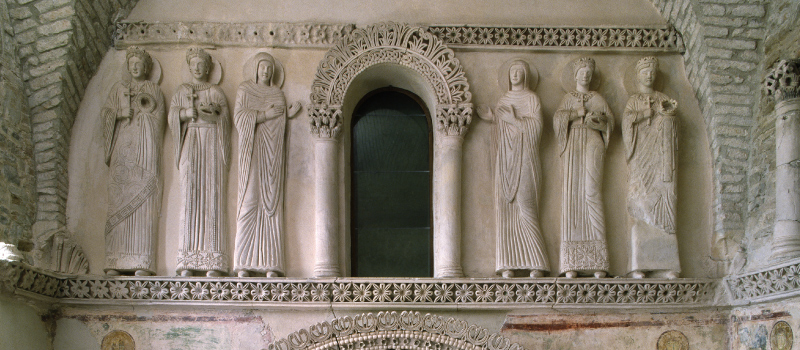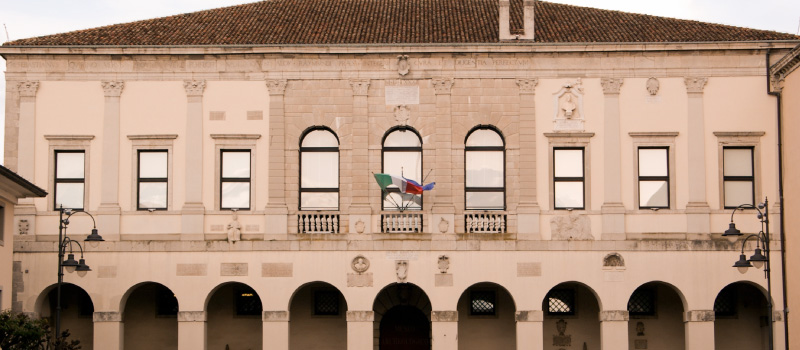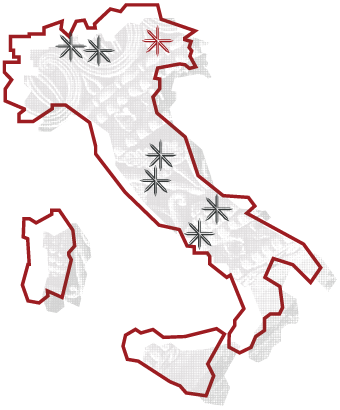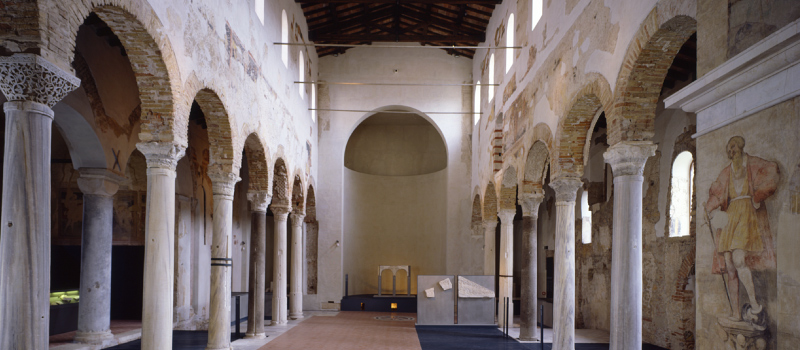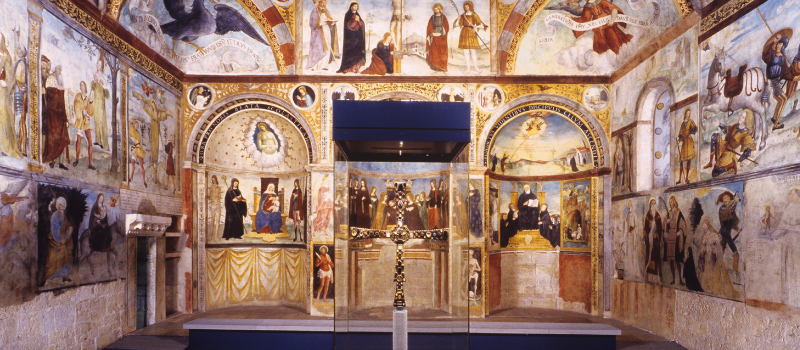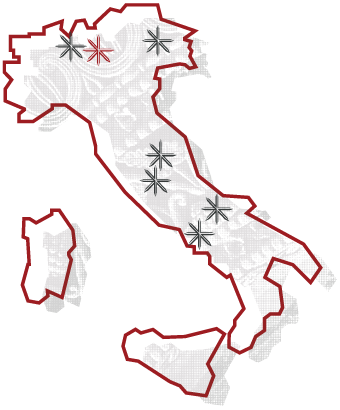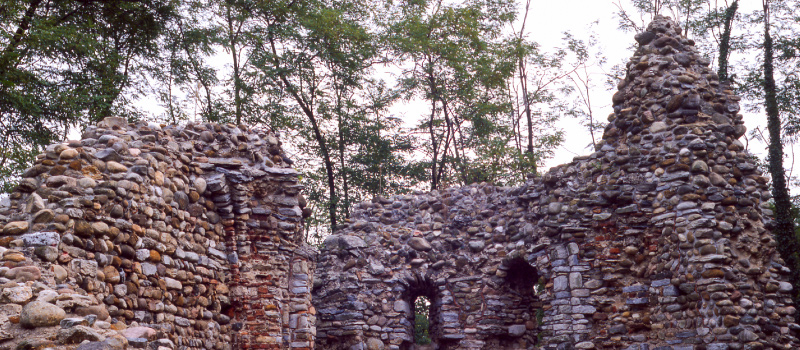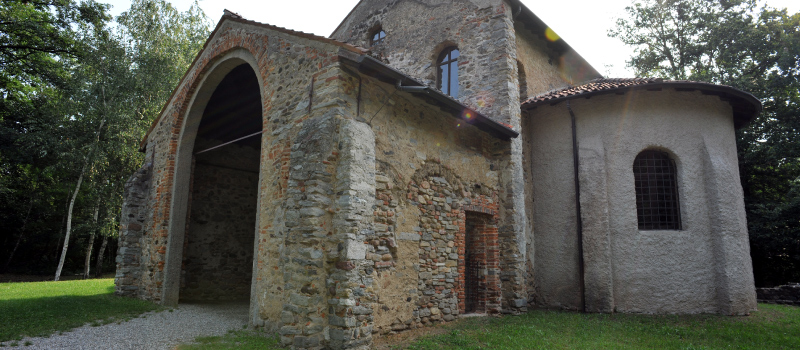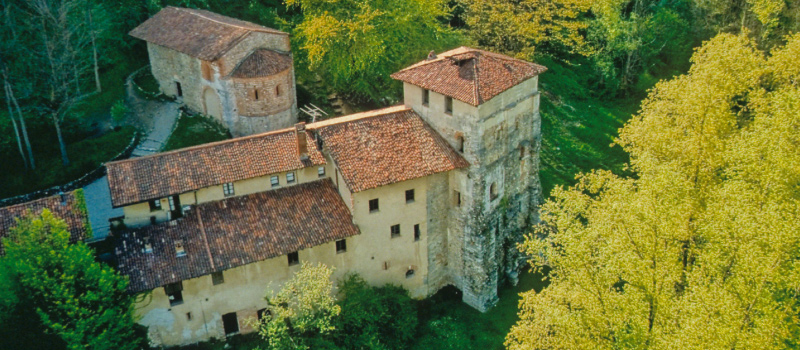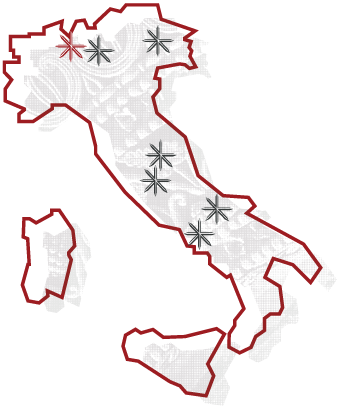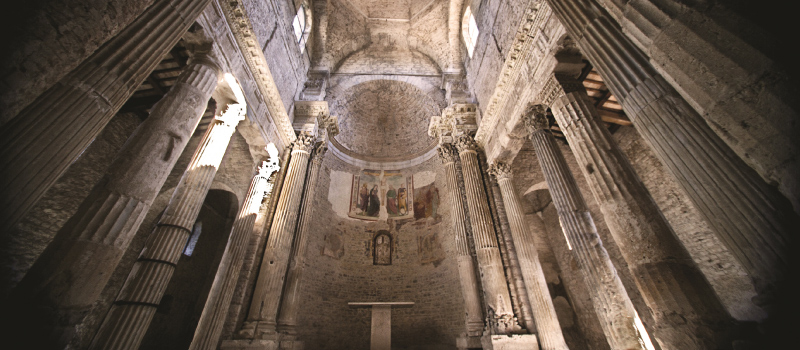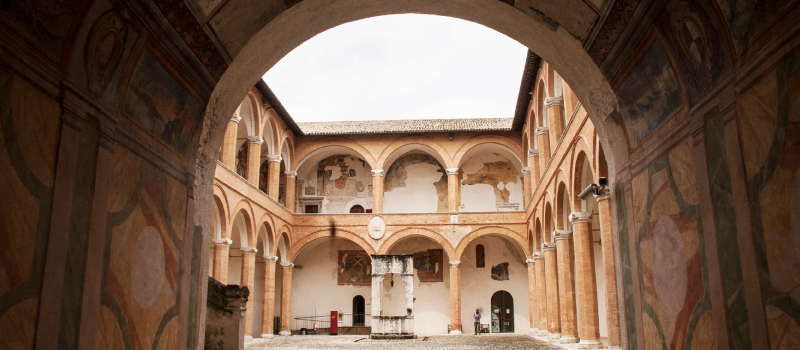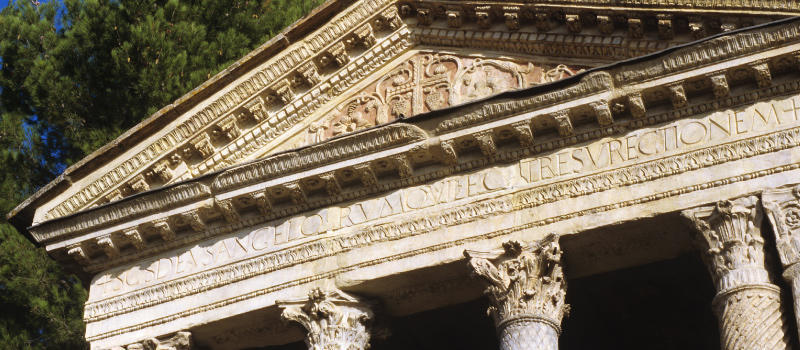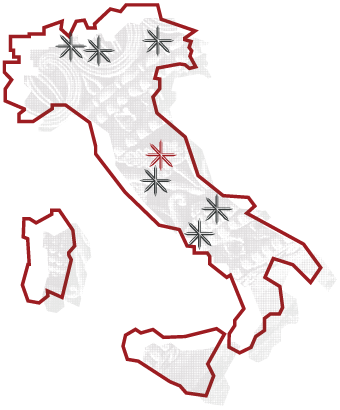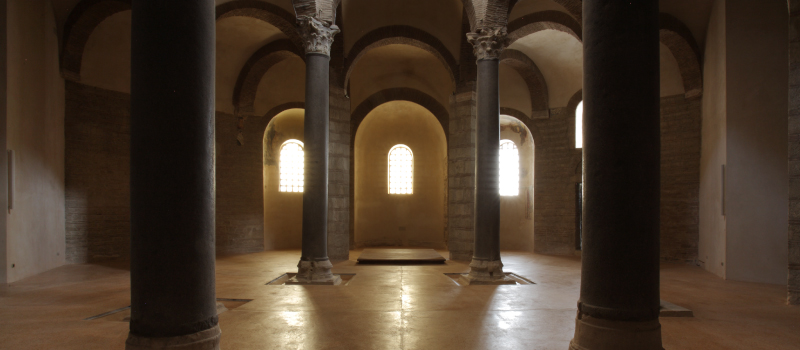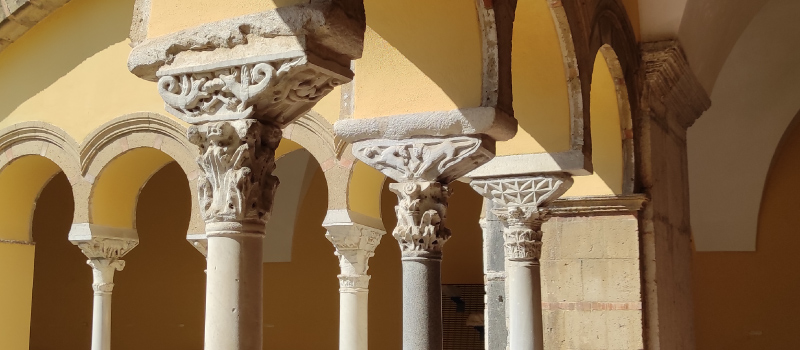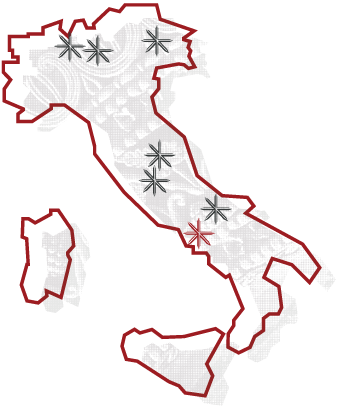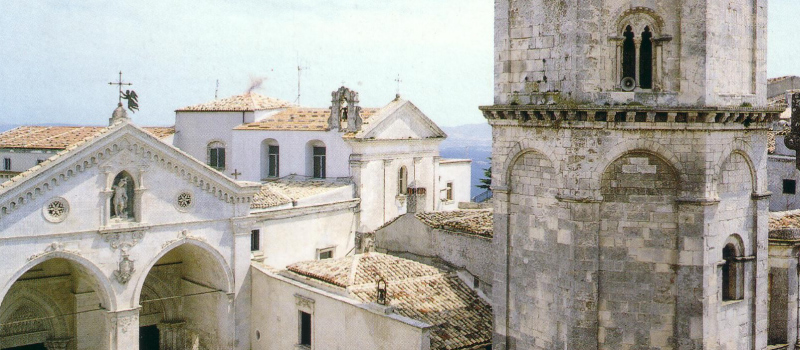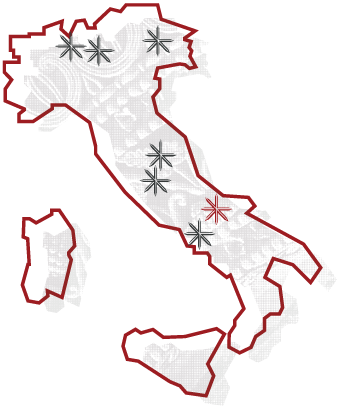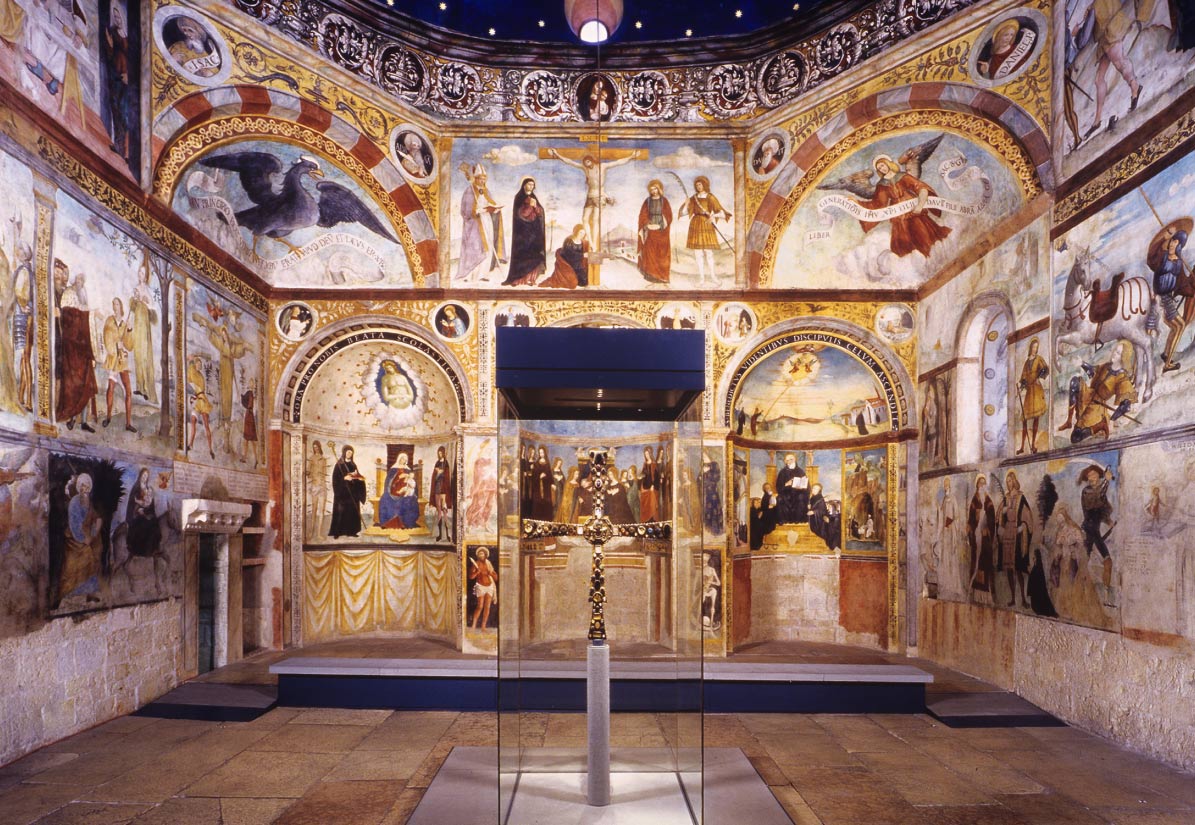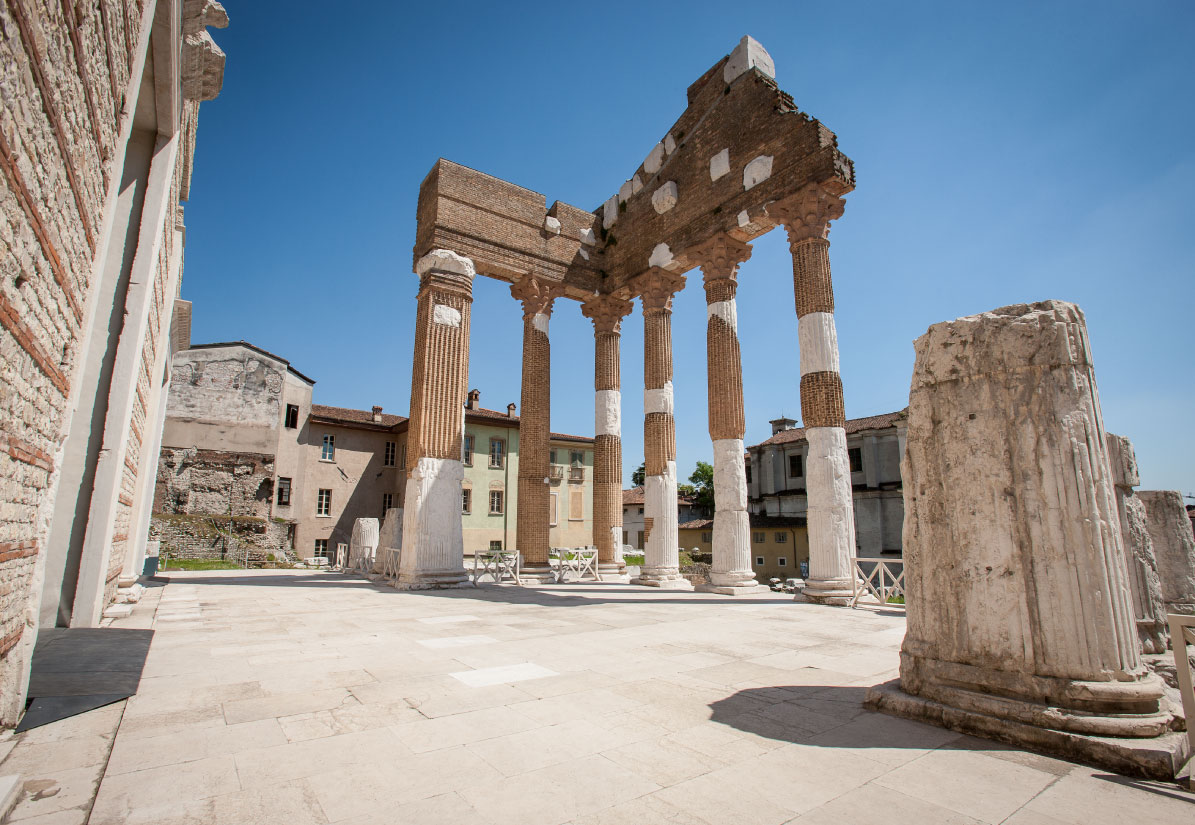Brescia
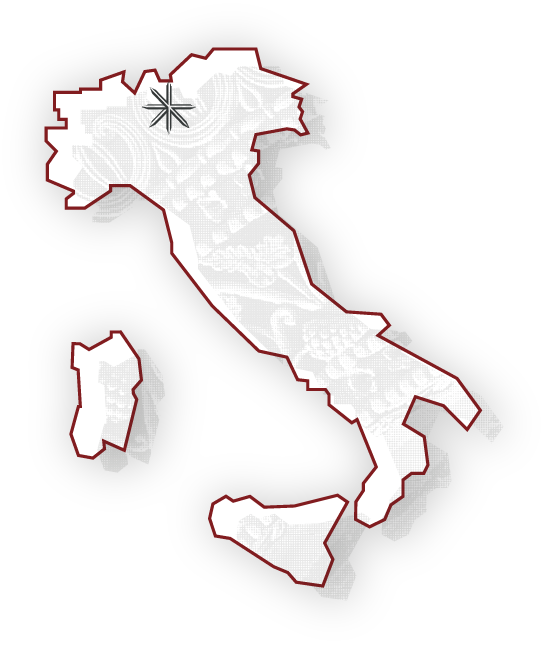
Brescia, city of the last Lombard king
The Lombards are thought to have settled in Brescia in AD 569 and were governed by Duke Alachis.
The town that the Lombards found was very different from the city of Roman times: with the adoption of Christianity and then the fall of the Roman Empire, Brescia’s centre was moved to the west, corresponding to the current Piazza del Duomo. During the Lombard period, Brescia’s importance was well represented by its ruling class. Rothari, Duke of the Brescia, became king of the Lombards in AD 636, and ten years later he promulgated the edict that bears his name and contained the first written laws of the Lombards. Later, with the rise of King Desiderius and his wife Ansa, Brescia reached its maximum prestige.
Brescia Council is a founding partner of the Italia Langobardorum Association. This part of the UNESCO Serial Site is made up of the monumental complex of Santa Giulia with the city museum and the Capitolium archaeological area
Church of San Salvatore
Museum of Santa Giulia
The Capitolium Archaeological Area
Education
